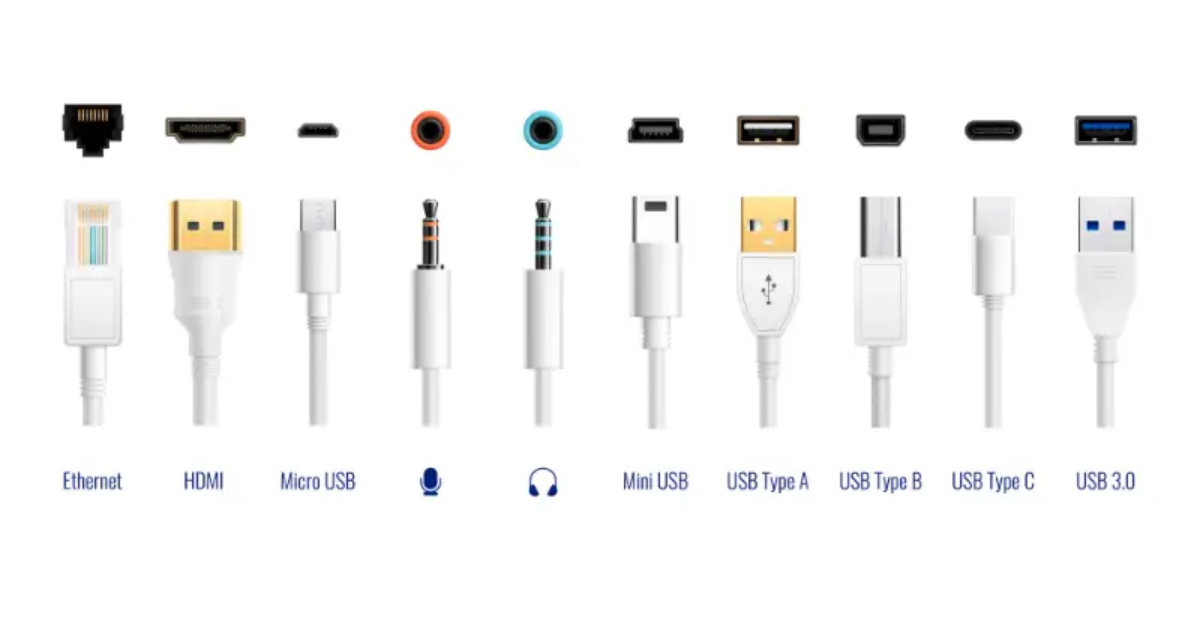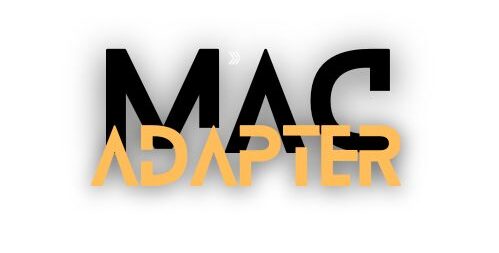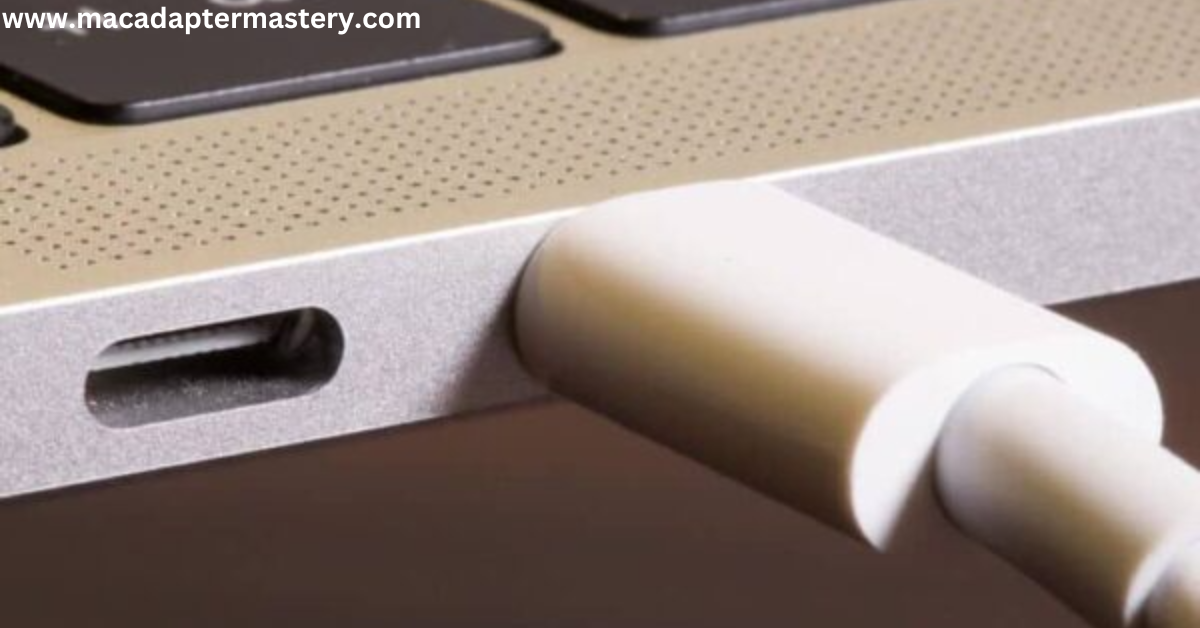In the world of Apple laptops, the MacBook Pro has undergone significant changes over the years, especially in terms of its USB ports. The transition away from the traditional USB Type-A connection began with the MacBook Pro 2015, marking a pivotal moment in Apple’s design choices. In this article, we’ll delve into the evolution of MacBook USB ports, the types of USB connections, and how users can adapt to the changes.
Table of Contents
- What are the Different Types of USB Ports on MacBook?
- Does the Latest MacBook Pro Have a USB Port?
- What Was the Last MacBook Pro With USB?
- Which MacBook Still Has A USB Port?
- How Do You Connect a USB Device to the New MacBook Pro?
- FAQs
- Conclusion
What are the Different Types of USB Ports on MacBook?
Types of USB
When discussing USB ports, it’s crucial to understand the physical aspects of connectors and ports. USB comes in three general categories: Type-A, Type-B, and Type-C, each with different variations. The latest Type-C USB cable has the potential for higher speeds, although the speed isn’t solely determined by the connector type.
Thunderbolt – A Special Interface
Apple introduced Thunderbolt, a special interface developed in collaboration with Intel. Thunderbolt, featured in newer MacBook models, boasts even higher speeds than Type-C USB, making it a notable addition to the Apple ecosystem.
Versions of USB
USB versions indicate the speed at which a connection operates. Over the years, we’ve seen four common standards: version 1.0, version 2.0, version 3.0, and the latest, version 4.0 (though not widely adopted). The USB 4.0 standard is nearly twice as fast as USB 3.0, showcasing the continuous evolution of USB technology.

Does the Latest MacBook Pro Have a USB Port?
The latest MacBook Pro models have bid farewell to traditional USB ports. Instead, they feature Thunderbolt ports, which, interestingly, share physical similarities with USB Type-C connections. While Thunderbolt is faster, it’s crucial to understand their compatibility, especially when connecting various devices.
Thunderbolt Compatibility
Thunderbolt ports are backward compatible with Type-C connections, allowing users to connect Type-C devices using either a Type-C cable or a Thunderbolt cable. However, for optimal performance, Thunderbolt-only devices are best connected to Thunderbolt ports to avoid potential speed or functionality issues.
USB Type-C as the Future
While Type-A connections are still prevalent, especially in computers and related hardware, the industry is moving towards USB Type-C as the standard. Modern PCs and smartphones predominantly incorporate Type-C connections, reflecting a shift towards this versatile and efficient standard.
What Was the Last MacBook Pro With USB?
The last MacBook Pro featuring a traditional USB-A port was the MacBook Pro 2015. Equipped with two USB ports and two Thunderbolt ports, this model supported USB version 3.0 with a maximum speed of 5 Gbps. Unfortunately, Apple discontinued the MacBook Pro 2015, making it available only through used or refurbished channels.
Which MacBook Still Has A USB Port?
Since the MacBook Pro 2015, no modern MacBook models include USB Type-A ports. However, other Apple computers, such as Mac Mini, MacBook Air, iMacs, and iMac Pro, still retain traditional USB ports alongside Thunderbolt slots.
How Do You Connect a USB Device to the New MacBook Pro?
Connecting a USB device to the latest MacBook Pro involves additional steps and may require some investment.
Options for Connection
- Adapter: To connect a single Type-A device or cable, a USB-C to USB-A adapter is necessary. Apple offers its adapter, but other reputable brands also provide compatible options.
- Hub/Dock: For connecting multiple devices simultaneously, a hub or dock is ideal. These devices offer multiple USB Type-A slots, HDMI ports, and additional Type-C ports. Apple provides its own hub, but alternatives from other brands with Type-C compatibility work equally well.
FAQs
Q1: Why did Apple discontinue USB Type-A ports on MacBook Pro?
A1: Apple sees Thunderbolt and USB Type-C connections as the future standard, aligning with their commitment to technological advancement and enhanced connectivity.
Q2: Can I still use my USB Type-A devices with the latest MacBook Pro?
A2: Yes, by using adapters or docks that facilitate connections between USB Type-A devices and the latest MacBook Pro models.
Q3: Are Thunderbolt and USB Type-C the same?
A3: While Thunderbolt and USB Type-C share physical similarities, Thunderbolt offers higher speeds and is backward compatible with Type-C connections.
Conclusion
Apple’s decision to discontinue MacBook Pro models with USB-A ports aligns with their vision of embracing Thunderbolt and USB Type-C connections as the future standard. While this shift represents progress, users with USB-A devices must adapt by investing in adapters or docks to connect seamlessly with the latest MacBook models. As technology evolves, Apple continues to shape the landscape of MacBook connectivity, emphasizing efficiency and speed in the digital era.

